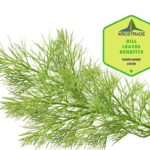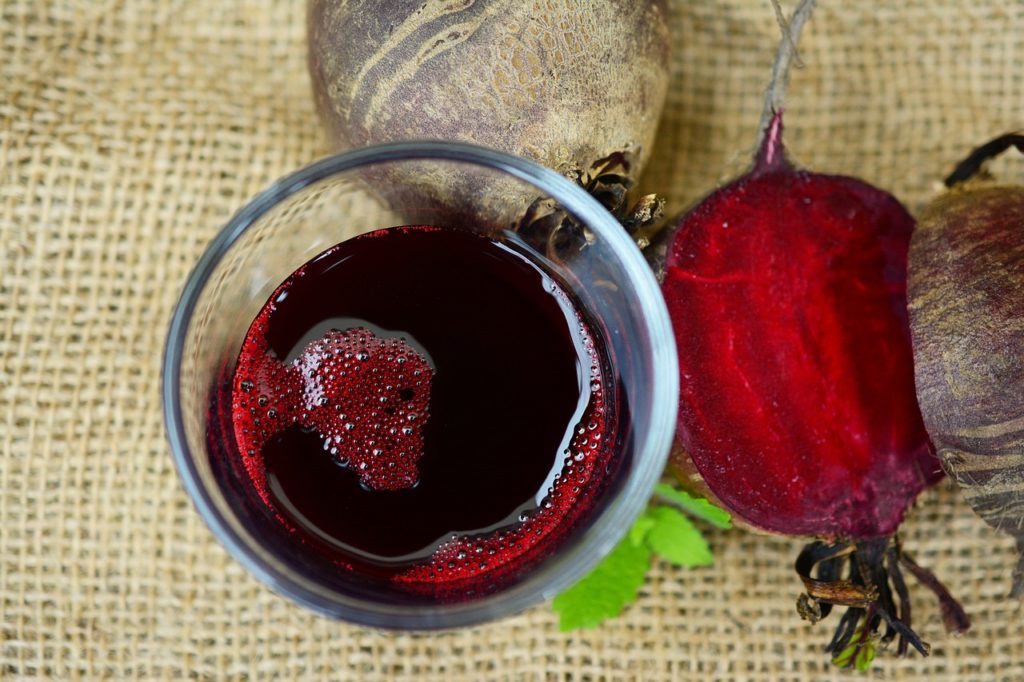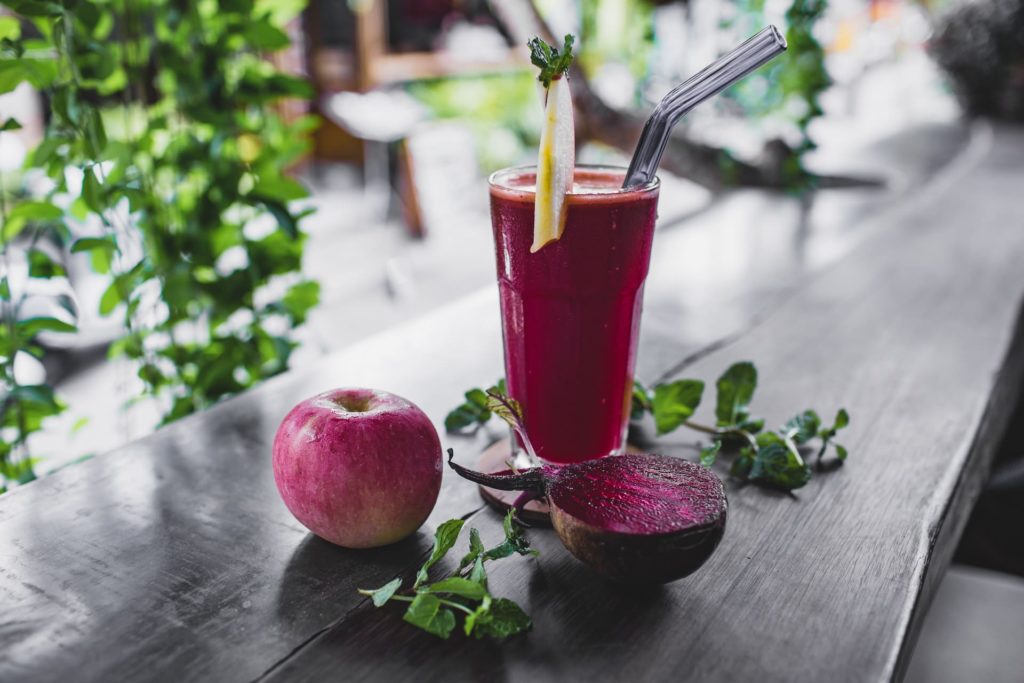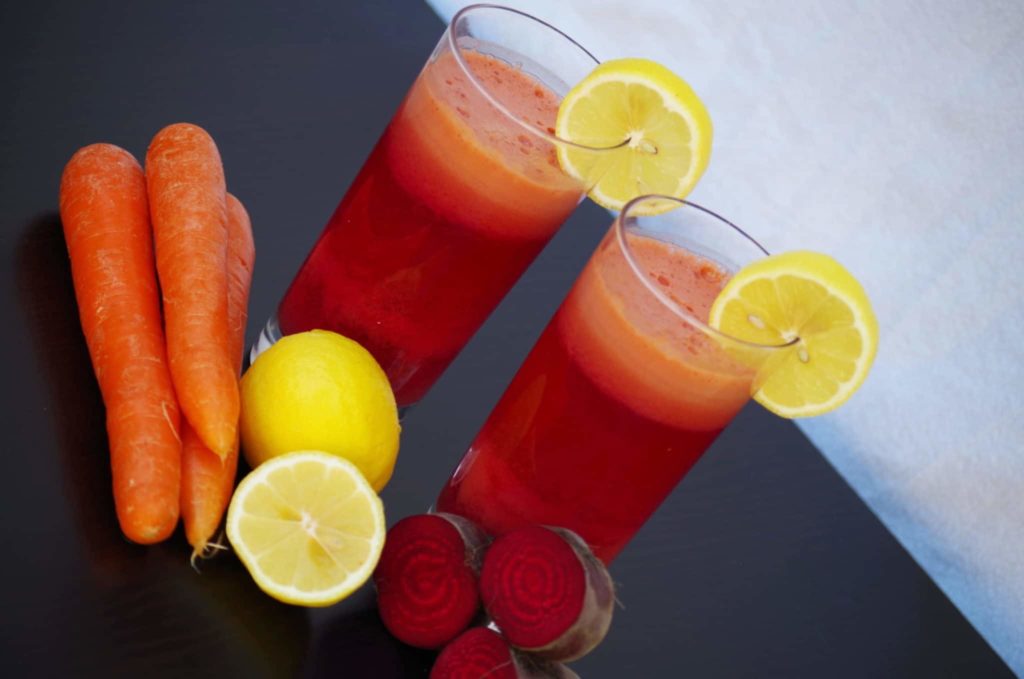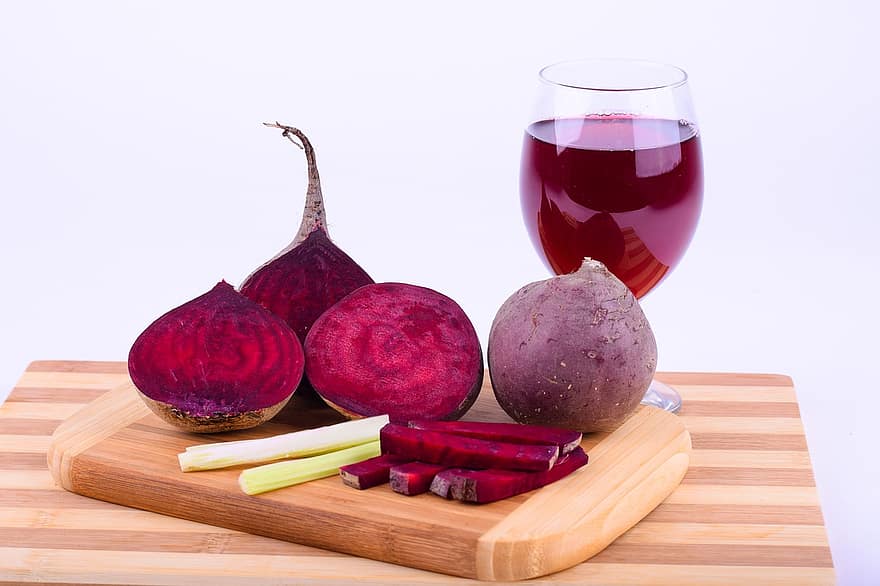Would you love to snip fresh dill foliage for cooking? As those soft ferny blades are beckoning you, perhaps you’re wondering if you could use dill leaves for weight loss or grow them in your backyard in the United Kingdom. Dill, also known as dill weed, happens to be one of the most popular herbs that give an extra sweet flavour to your pickles, salad, potatoes, yoghurt-based sauces, marinade, and fish.
Aside from making your food smell and taste better, dill is also packed with nutrients that can contribute to your overall health and well-being. If you’re trying to shed off those extra pounds, incorporating dill into your diet can help you reach your ideal weight safely. Furthermore, it also features its share of medicinal purposes, which the ancient Egyptians applied in practice.
If you don’t know much about this annual herb that belongs to the celery family Apiaceae, today’s your lucky day. Read on to learn more about this greenery and how to grow it in your polytunnel in the UK.

Does Dill Have Any Nutritional Value?
Yes! Who would’ve thought that this plain-looking herb with slender stems, soft leaves, and brown oval seeds would be a rich source of vitamins and minerals? In case you’re not aware, a cup or 9 grams of freshly-snipped dill weed sprigs would give you at least 8% of the recommended daily value (DV) of vitamin C, 4% of the recommended DV of vitamin A, 5% of manganese, 3% of the recommended DV for iron, 3% of the recommended for folate, and 1-2% of the DV for copper, calcium, potassium, magnesium, riboflavin, as well as zinc.
On the other hand, one tablespoon or 6.6 grams of dill seeds can give you 8% of the recommended DV for calcium, 6% of the recommended DV for iron, and 1-5% of the recommended DV manganese, magnesium, potassium, and phosphorus.
Vitamin C
Although vitamin C is responsible for improving your immune system, it’s also essential for your bone formation, metabolism, and wound healing.
Vitamin A
Vitamin A is an essential nutrient that plays a critical role in boosting your immune system, reproductive system, and eye health.
Antioxidants
Dill weed also contains lots of antioxidants that help fight the unstable molecules called free radicals, which are primarily responsible for causing damage to the cells in your body.
Manganese
While the essential mineral called manganese may be needed in small amounts, its primary purpose is to maintain your brain’s normal functioning. Manganese also helps keep your nervous system in tiptop shape, and it regulates your body’s metabolism of fat and sugar. On the other hand, your body’s blood production would require a sufficient amount of iron to keep your red blood cells and muscle cells in excellent condition.
Folate
While the B-vitamin called folate is needed to create DNA and other genetic material, copper is a trace mineral that’s necessary for your body’s iron absorption, energy production, the formation of collagen, and the survival of your body tissues, nerve cells, and immune system.
Calcium
Aside from the fact that your body needs enough calcium to keep your bones, teeth, and muscles strong, it also needs calcium to maintain the health of your nerves responsible for sending messages between your brain and all parts of your body.
Magnesium
The cofactor called magnesium is responsible for regulating your body’s diverse biochemical reactions such as muscle function, nerve function, protein synthesis, blood pressure regulation, blood glucose control, energy production, glycolysis, and oxidative phosphorylation.
Potassium
Potassium maintains proper muscle and nerve function, regulates your heartbeat, and offsets sodium’s damaging effects on your blood pressure.
Riboflavin
Another vitamin called Riboflavin helps break down proteins, fats, and carbohydrates to produce energy.
Phosphorus
Phosphorus plays an essential role in the growth, maintenance, and repair of your body’s cells and tissues.
Zinc
The very last trace mineral that’s found in dill is zinc. Your body needs it to keep your immune system strong, aid in the breakdown of carbohydrates, promote wound healing, cell growth, and maintain your senses of smell and taste.
What Are Dill’s Potential Health Benefits?
Did you know that dill was derived from “Dilla”, an Old Norse word that means “to soothe”? This probably explains why people from ancient times used this herb to treat diseases with something to do with the digestive system and colic in infants. Incidentally, dill was also used to help breastfeeding mothers produce more milk.
Although no research findings support these traditional uses, this aromatic herb offers other health benefits that you shouldn’t miss. Check these out:
It protects you against chronic inflammatory conditions
Since dill contains naturally occurring compounds called antioxidants that specialise in protecting your cells against harmful free radicals, incorporating dill leaves and seeds into your regular diet will help you treat or steer clear of certain chronic inflammatory conditions. These health conditions may include cardiovascular disease, rheumatoid arthritis, Alzheimer’s, and other forms of cancer.
Furthermore, it also contains essential plant compounds such as flavonoids, terpenoids, and tannins that could enhance your brain health and protect the other vital organs in your body, including your kidneys and liver.
It’s good for your heart
According to the World Health Organization, about 75% of the cases associated with heart disease could be easily prevented when people in the UK maintain a healthy diet, quit smoking, and exercise regularly. If you’re wondering, the risk factors for cardiovascular disease include high blood pressure, elevated triglyceride, LDL or harmful cholesterol levels, and chronic inflammation. Research has proven that the regular intake of dill extract can reduce triglycerides and harmful cholesterol levels while maintaining HDL levels or good cholesterol.
It reduces your blood sugar levels
Someone who consistently has high blood sugar levels is at risk for developing metabolic syndrome, insulin resistance, and Type 2 diabetes. Studies have shown that dill has properties that lower a person’s fasting blood sugar levels.
It prevents cancer
Dill extract contains naturally occurring plant compounds from a class of terpenes called monoterpenes. Although these linked to antifungal, antiviral, and anti-inflammatory properties, they’re mostly known to prevent cancer. Studies have proven that dill contains high amounts of a type of monoterpene called d-limonene that helps treat and prevent breast, lung, and colon cancer.
Is Dill A Diuretic?
Dill happens to have excellent natural diuretic properties that increase the production of urine and the frequency of a person’s need to use the restroom. As dill facilitates diuresis, it helps eliminate oedema while removing waste and toxins from the body.
The best thing about it is that, unlike diuretic medications, dill has potassium-sparing properties that prevent the potassium in your body from being washed out. In case you’re wondering, when potassium is flushed out from a person’s body, he or she experiences body weakness.
Can You Use Dill Leaves For Weight Loss?
Yes, you can use dill leaves for weight loss because they contain properties that help bring down the body’s triglycerides and harmful cholesterol levels. If you want to give your metabolism a good boost, try taking a fat-burning dill tea. All you have to do is to add some freshly-snipped dill leaves in hot water, let it boil for about 5 minutes, and take sips throughout the day.
How Do You Eat Dill Leaves?
You have the option to use dill leaves individually, or you can use them alongside other medicinal herbs. It’s best to get yourself some fresh dill leaves and wash them thoroughly before chopping them finely. Once you’re done, you may use them as a garnish for your sandwiches or add them to your soups, salads, curries, flatbread, and other dishes.
You also have the option to dry the dill leaves via air-drying or with the use of an oven, a food dehydrator, or a microwave. Once the dill leaves turn powdery, you may use this to enhance the flavour of your favourite foods.
What Can I Do With Too Much Dill?
Although dill is something that you use in small quantities, they’re usually bought in bulk. If you’re looking to find ways to use up the rest of your haul, check out these recipes:
Greek yoghurt chicken salad
If there’s one thing you need to know about yoghurt, it’s the fact that it can help you tenderise the chicken. It doesn’t even matter if your chicken breast is slightly overcooked – the yoghurt dressing will soften the meat up. Add dill into the mix for that bright and herby flavour.
Baby carrots with dill butter
In case you’re not aware, freshly-dug baby carrots are naturally sweet, and they come with the thinnest skins; that’s why you don’t have to peel them. All you have to do is to scrub them with a vegetable brush and keep their beautiful green tops attached before you braise and glaze them in margarine, lemon juice, and fresh dill to give it a burst of herby flavour in every bite.
Dill Pickle Chicken
Who says that you have to pour the pickle juice down the drain when you can use the leftover brine to add flavour to your roasted chicken? You can never go wrong if you garnish this heartwarming dish with fresh dill.
Spanakopita Stuffed Shells
This recipe is perfect for anyone who wants a cheesy and comforting treat that’s packed with many greens. Plus, this is one of the best ways to use up a bunch of fresh dills.
What Are The Advantages of Growing Herbs in a Greenhouse?
You’ll soon discover that growing clusters of aromatic dill in your polytunnel in the UK is one of the most satisfying experiences you could have. If you want to gain easy access to fresh dill all year round, consider growing them your own in a greenhouse. Here are some of the best reasons why you should:
You can extend growing seasons
One of the best things about growing dill in a polytunnel is that it allows you to extend growing seasons. This means that your dill can keep on growing out fresh shoots throughout the chilly months of the year.
It protects your plants from soil erosion
You won’t have to worry about torrential rainstorms, as well as flash floods if you’re growing dill and other herbs in a greenhouse. You can be sure that the enclosure will keep your tender plants safe from soil erosion due to sudden weather changes.
It protects your plants from inclement weather
It doesn’t matter if you live in a UK area that’s primarily cold or scorching hot. A polytunnel in the UK can keep your delicate herbs safe from hail, blizzards, high winds, as well as dust storms. A greenhouse can quickly provide an ideal environment for growing your tender plants and herbs because it allows you to control the shade, moisture, and heat for your plants.
How To Grow Dill In A Polytunnel
First, you’ll need to sow the dill seeds in furrows that are a quarter of an inch deep and about 18 inches apart. You can also use a container when you’re planting dill. Since dill grows with a penetrating taproot, you’ll need to choose a container that’s approximately 12 inches deep.
If you’re using containers to plant dill, make sure that you maintain the spacing of about 12 to 24 inches. Keep in mind that you’re likely to see dill seedlings emerge 15 days after you’ve planted them. About 15 days after they sprout or when the plant reaches about a foot or two, you may thin them so that they can grow more.
Don’t forget to work the ground that’s around your plant. Removing weeds is extremely important because this kind of plant won’t be able to thrive when it’s being overpowered by weeds.
Conclusion
Whether you prefer to use dill leaves for weight loss or to add flavour and aroma to your favourite foods (or both!) it’s best if you have easy access to them. If you’re looking to find a greenhouse that’s made from strong, durable, and high-quality materials, check out Krostrade’s products today.

